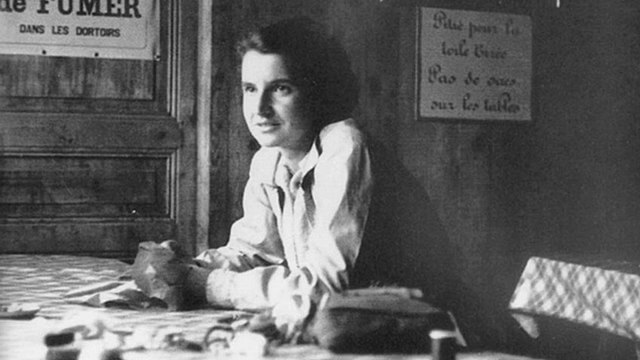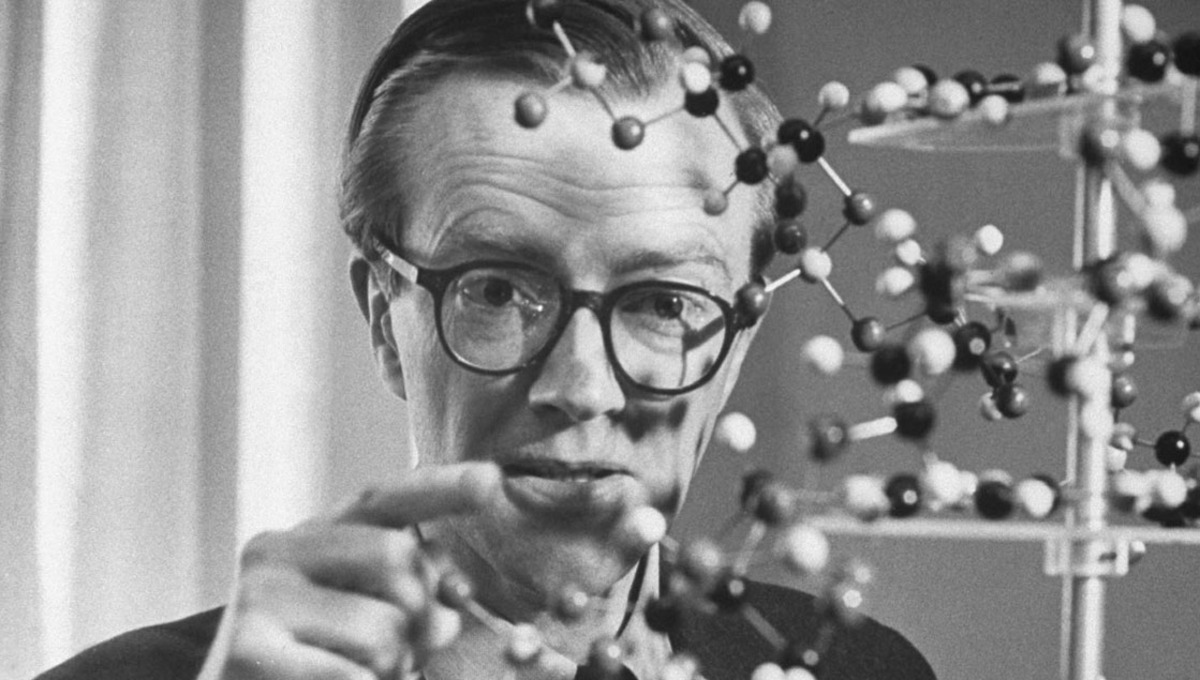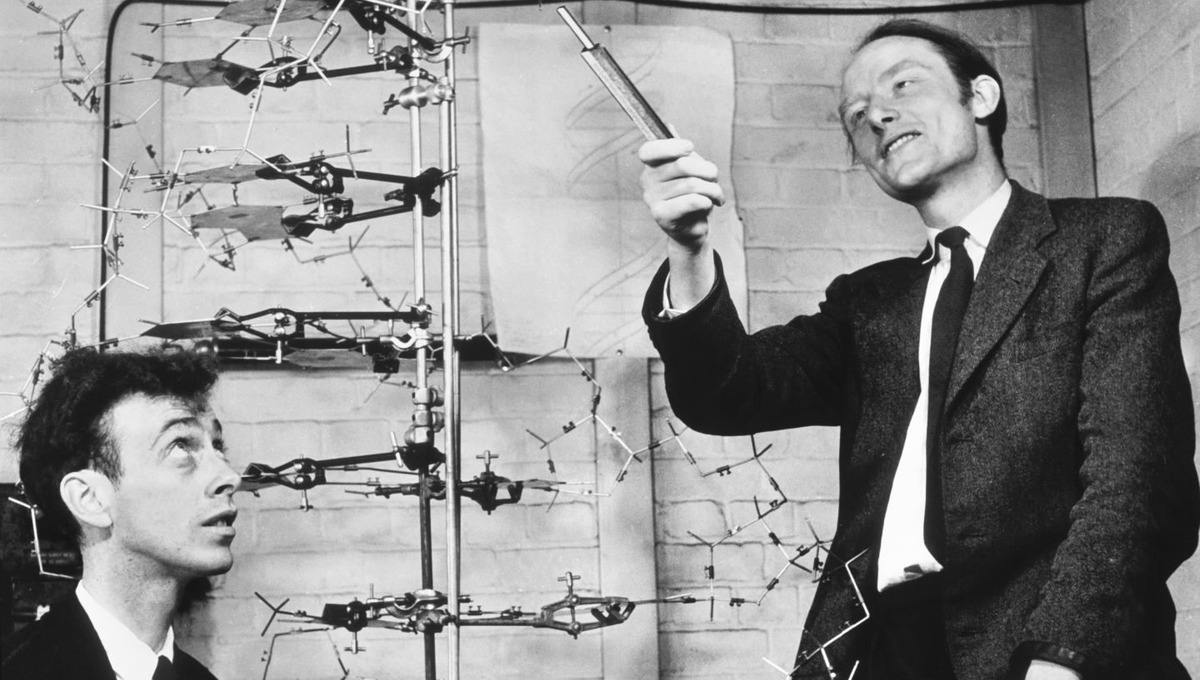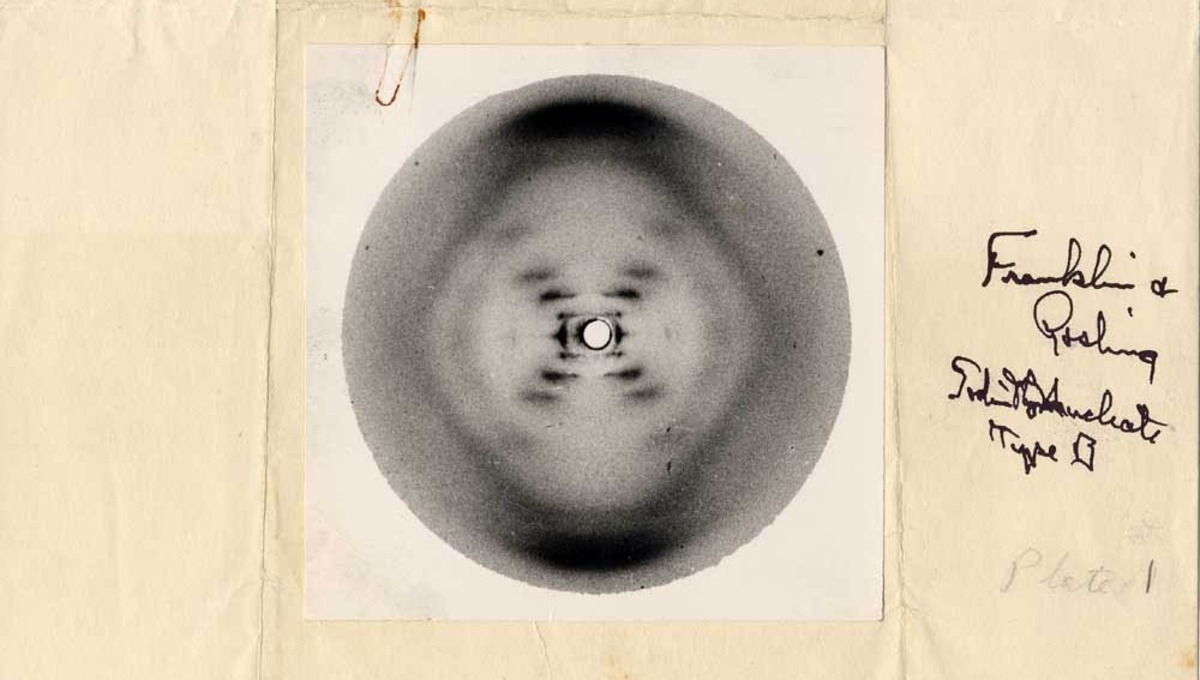
In partnership with DSM
- Good Stuff -
- 4mins -
- 2,229 views
Rosalind Franklin: Unsung Hero of DNA Discovery
Discover the remarkable story of Rosalind Franklin, a pioneering scientist whose contributions to DNA research revolutionized the field of biotechnology.
A brave young woman who challenged convention, Rosalind Franklin had an extraordinary impact on modern biotechnology. Her research into the structure of coal, graphite, viruses and DNA revolutionised biology, medicine and agriculture.
In 1962, three men – James Watson, Francis Crick and Maurice Wilkins – received a Nobel prize for unlocking the secrets of DNA.
It was the most important scientific find of the 20th century. But that is not the full story… Click on the video above to learn all about her amazing life story.
At the very foundation of this discovery was the work of pioneering crystallographer and molecular biologist Rosalind Franklin, who died from ovarian cancer four years before the Nobel prize was awarded. She was just 37 years old.
Franklin’s vital contribution to the discovery of the double helix structure of DNA was never acknowledged during her lifetime.
It formed the basis of modern biotech, and led to advancements including how we treat disease, identify criminals and understand the origin of food spoilage. It also allowed us to make penicillin, medicine, enzymes and biofuels.

Rosalind Franklin Source: Wikipedia
Early career
A young Franklin fought for a place at Cambridge University, where she studied chemistry. She graduated in 1941, but was not awarded a full degree. In fact, it wasn’t until six years later, in 1947, that Cambridge University allowed women to take full degrees.
With World War II raging, Franklin went on to research the molecular structure of coal and graphite. At this time Franklin was still in her early twenties, but her work led to improvements to gas masks and undoubtedly saved many lives.
After the war, Franklin spent time at a laboratory in Paris. Here, she became an accomplished x-ray crystallographer and took her expertise back to England.
It was this pioneering use of x-ray diffraction that led to the breakthrough that was needed to understand the structure of DNA.
Unlocking the secrets of life
In the early 1950s, the global race to unlock the secrets of DNA – and life itself – was hotting up.
In 1951, Franklin was brought in to lead one of two research teams working on the molecular structure of DNA at King’s College, London, alongside, although separate from, Maurice Wilkins.
Science and everyday life cannot and should not be separated. Science, for me, gives a partial explanation of life.” – Rosalind Elsie Franklin
Relations between the pair were frosty, largely due to a misunderstanding that meant Wilkins assumed that, because she was a woman, Franklin would be working as his assistant, not his peer.

Maurice Wilkins Source: Wikipedia
Meanwhile, in Cambridge, James Watson and Francis Crick were trying to solve the same problem.

James Watson and Francis Crick Source: Wikipedia
In May 1952, Franklin and her team captured the famous photo 51 using x-ray diffraction techniques. It showed a fuzzy image of a diffraction pattern of pure crystalline DNA, confirming the double helix structure that Franklin had suspected.

Photo 51 The famous photograph that held the key to the secret of DNA Source: Wikipedia
Unbeknown to Franklin, Wilkins showed photo 51, as well as a summary of her unpublished research, to American biologist Watson.
On seeing photo 51, the answer to the problem became immediately clear to Watson, who rushed back to Cambridge to tell Crick.
This crucial piece of information led them to discover the now-famous double helix structure of DNA.
Despite coming close to solving the problem single-handedly on several occasions between 1951 and 1953, Franklin was ultimately beaten to publication by Watson and Crick.
Second shot at a Nobel prize
In 1953, owing to disagreements with Wilkins and other male colleagues at King’s College, Franklin moved to Birkbeck College, where she studied viruses and vaccines.
She had just begun research into the polio virus when she became ill with ovarian cancer in the summer of 1956. She died two years later.
The research Franklin began at Birkbeck was continued by her colleague, Aaron Klug, who won a Nobel prize in 1982 for the work.

Rosalind Franklin Source: Wikipedia
Overcoming prejudice
Being a woman in science in the late 1940s and 1950s was no easy task. Being a young woman made it all the harder.
Access to education for girls was limited, their advancement in academia curtailed, and their research contributions either dismissed or misattributed.
Despite this discrimination, a young Franklin stood firm and fought to pursue the career she loved. Her dedication and commitment to science changed the world and formed the basis of modern biotechnology.
The Rosalind Franklin Biotechnology Center
In recognition of Franklin’s exceptional work in creating the basis of modern biotechnology, DSM has named their new state-of-the-art biotechnology center in Delft, the Netherlands, after her.
The Rosalind Franklin Biotechnology Center will house DSM Food Specialists, who are using their advanced technology and know-how to create solutions relevant to population growth, resource constraints, food security, climate change and energy concerns — and doing it in a sustainable way, creating brighter lives for people today and generations to come.
Feike Sijbesma, CEO/Chairman of the DSM Managing Board, said: “DSM’s new Biotechnology Center is where our scientists create solutions for societal challenges, such as the need to provide all people globally with nutritious food, as well as enabling the transformation from a fossil-based to a bio-renewable-based society.
“The DSM Biotechnology Center facilitates these needs, in an innovative environment and at an historic location in Delft where we build on nearly 150 years of scientific, academic and commercial activities.”
Don’t miss the inspiring story of John B. Goodenough, the inventor of the lithium-ion battery. Remarkably dedicated, Goodenough continued his groundbreaking work well into his 90s, driven by a vision to free the world from its dependence on fossil fuels.
This article was first published on BrightVibes on 30 March 2017.

